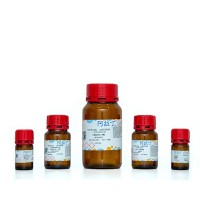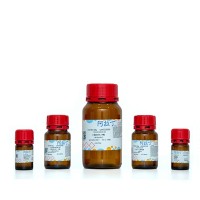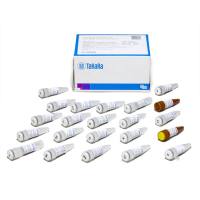Isothermal Titration Calorimetry and Differential Scanning Calorimetry
互联网
582
Isothermal titration [Holdgate (BioTechniques 31:164–184, 2001); Ward and Holdgate (Prog. Med. Chem. 38:309–376, 2001); O’Brien et al. (2001) Isothermal titration calorimetry of biomolecules. In: Harding, S. E. and Chowdhry, B. Z. (eds.), Protein–Ligand Interactions: Hydrodynamics and Calorimetry, A Practical Approach . Oxford University Press, Oxford, UK] and differential scanning calorimetry [Jelesarov and Bosshard (J. Mol. Recognit. 12:3–18, 1999); Privalov and Dragan (Biophys. Chem. 126:16–24, 2007); Cooper et al. (2001) Differential scanning microcalorimetry. In: Harding, S. E. and Chowdhry, B. Z. (eds.), Protein-Ligand Interactions: Hydrodynamics and Calorimetry, A Practical Approach . Oxford University Press, Oxford, UK] are valuable tools for characterising protein targets, and their interactions with ligands, during the drug discovery process. The parameters obtained from these techniques: ▵ΔH , ▵ΔG , ▵ΔS , and ▵ΔC p , are properties of the entire system studied and may be composed of many contributions, including the binding reaction itself, conformational changes of the protein and/or ligand during complexation, changes in solvent organisation or other equilibria linked to the binding process. Dissecting and understanding these components, and how they contribute to binding interactions, is a critical step in the ability to design ligands that have high binding affinity for the target protein.









